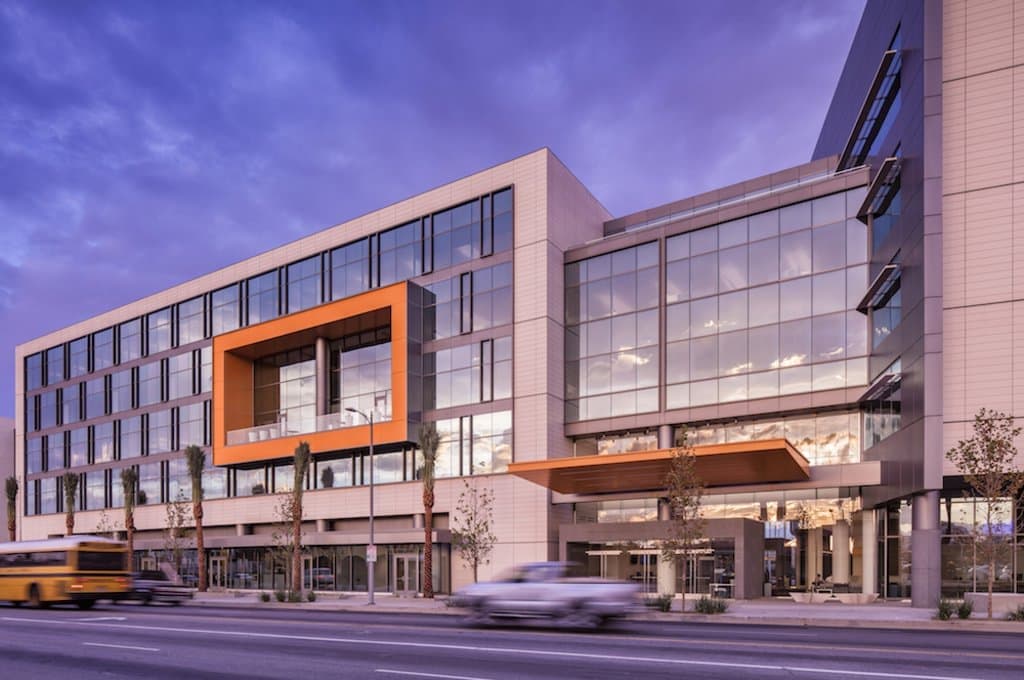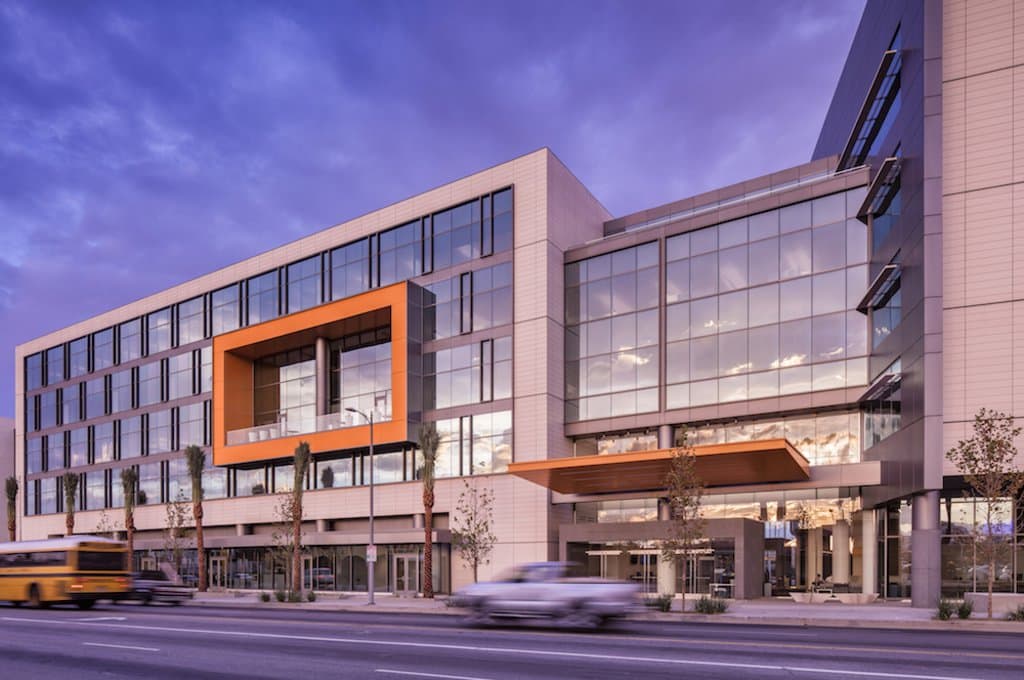
In modern architecture, glass is an essential material as it provides flexibility and aesthetics to the structure. Various types of glass are now available which are used in different areas of construction industry. High performance glasses are now manufactured, which help in energy conservation and ultimately help in making the structure sustainable.
Solar control low e glass is one type of high performance glass which cuts up to 60% of solar heat entering the room and also provides thermal insulation. They keep interiors warmer in winter and cooler in summer. For countries where difference in temperature is more, solar control low e glass is the most suitable glass. Here we have given brief information on solar control low e glass, which homeowners should know before buying glass for their house.

Courtesy – Arch Daily
Solar control – low e glass is a low e glass, which has solar control coating. It combines the features of solar control glass and low e glass. It has excellent thermal insulation properties. The low e coating blocks UV radiation, while the solar control coating blocks infrared radiation from entering the room. Only visible light is allowed to pass through glass. It is also called spectrally selective glass.
Solar control low e glass is the most energy efficient glass from high performance glasses. It provides comfortable environment throughout the year and helps in saving energy. In summer, the heat is blocked and thus cooler environment is maintained inside the room. While in winter, low e coating does not allow heat to escape to outside environment. Thus in both seasons, the costs of heating system and air conditioning is reduced.

Courtesy – Windowspro
Both the coatings are applied by different process to the glass. Low e coating is applied when the glass is in molten state, i.e. on-line coating, while solar control coating is applied after the glass is manufactured, i.e. offline coating. The solar control coating is applied in vacuum chambers at room temperature.
Benefits of Solar Control Low E Glass:
- It creates an insulating layer between interior and exterior of the building and prevents exchange of energy between them. Thus maintaining the desired temperature of the room.
- As heat gained in the room is less, the cost of electricity is also reduced.
- They allow visible light to pass through them, so the usage of artificial lights is also optimized.
- Solar control low e glass block UV rays and thus prevents fading of furniture.
- It also reduces glare of light, thus provides comfortable vision to eyes.
- Solar control low e glass is an energy efficient glass, when used in mass structures such as shopping malls, business centers, skyscrapers, commercial structures, etc. help in reducing the operating costs of the structure.
- Solar control low e glass can be easily used in the form of tempered glass, laminated glass, heat strengthened glass, and insulated glass units.
The only disadvantage of solar control low e glass is its cost. It is very expensive, but in the long run is a sustainable option. For facades, which are in direct contact of sunlight, only low e glass cannot be used, as they will trap heat inside leading to overheating of interiors. In such case, solar control low e glass is used which blocks solar radiation, and thus help in effective utilization of energy. For tropical countries this glass is extensively used in glass facades, doors, windows, partitions, malls, showrooms, hotels, restaurants, etc. An interesting example of its application is Burj Khalifa, where this glass (supplied by Guardian Glass) is used to decrease the air conditioning cost.
Also Read:
History of Glass & Its Invention for Window
Frosted Glass: Basic Features You Should Know Before Using It
Raw Materials Used in Glass Manufacturing Process
Advantages & Disadvantages of Glass as a Building Material
































